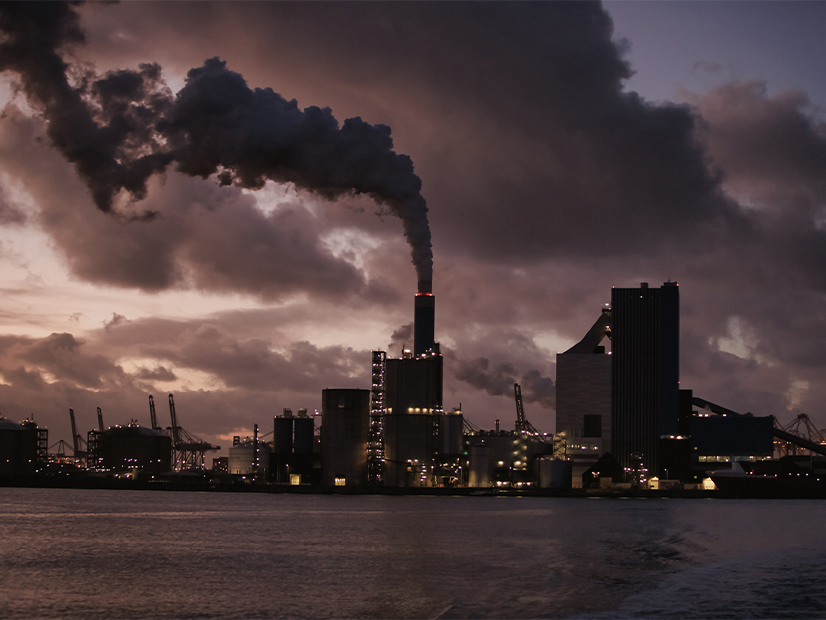A three-judge panel of the D.C. Circuit Court of Appeals on Sept. 3 set aside EPA emission rules on new large boilers as they applied to those built prior to August 2020, ruling that was a violation of the Clean Air Act (22-1271).
The rules, issued in October 2022, set National Emission Standards for Hazardous Air Pollutants (NESHAP) for major sources focused on industrial, commercial and institutional boilers. A source is considered “new” under CAA Section 112 if it is built after EPA proposes an emission standard for that source, which the agency did for boilers in August 2020. The court found that EPA had improperly classified certain industrial boilers built before then as “new.”
In doing so, the court agreed with industry petitioners, led by U.S. Sugar, which completed building a boiler to help power its facility in Clewiston, Fla., in 2019 at a cost of $65 million to replace three older and higher-polluting boilers to comply with standards issued by EPA in 2011.
Boilers burn materials such as coal, paper and agricultural waste to create heat, electricity and other forms of energy. That comes with emissions of pollutants like mercury, carbon monoxide and particulate matter.
U.S. Sugar’s boiler also “surpassed” EPA’s 2022 standards for existing sources, the court said. But under EPA’s rules, it was considered a new source. “Under this regime — whose logic suggests that boilers built after June 4, 2010, are forever ‘new’ — the U.S. Sugar Corp. must spend tens of millions of dollars retrofitting” the boiler, it said.
EPA is supposed to base its standards around the maximum achievable control technology (MACT), which can vary between new and existing sources. New sources are supposed to meet a standard at least as strict as the emission control that is achieved in practice by the best controlled similar source, while existing sources have to meet one at least as stringent as the best performing 12% of operating sources for which EPA has emissions data.
The agency argued that because it was using the same dataset as when it proposed the 2011 standards, the cutoff date for whether a source is “new” is June 4, 2010, when the proposal was first published.
But the court found that “when Section 112 references the date ‘an emission standard’ is ‘first propose[d],’ it means the first proposal of each consecutive standard.” It noted that while existing sources are given three years to comply with new standards, new sources are expected to be in compliance upon their effective date. The court pointed to other cases challenging EPA rulemakings for other types of new sources under Section 112 in which the agency also noted this in its arguments.
“EPA itself has explained that retrofitting older sources to comply with increasingly stringent modern standards may be ‘draconian’ if not ‘impossible,’” the court said. “And we should not lightly assume that a statute is ‘draconian’ or ‘demands the impossible.’”
Environmentalists including Sierra Club also appealed the rules, but because they said EPA used old data, despite more recent data being available. But the court found that did not violate the CAA.
In other cases, the court has generally acknowledged that EPA may exercise discretion and use its expertise to calculate standards. The environmentalists’ view would offer no discretion to EPA when choosing its data, which could force the agency to use faulty data if that was all it had, the court said.
“Because that interpretation of Section 112(d) would substantially hamper EPA’s ability to effectively promulgate standards, we reject environmental petitioners’ interpretation and hold that EPA’s decision to rely on its original dataset was not unlawful,” the court said.



